A pair of patent applications published by the U.S. Patent and Trademark Office on Thursday reveal Apple is investigating the use of heuristics in its mobile devices to deliver a more realistic digital representation of handwriting, as well as selective touch input that ignores extraneous touch events.
Handwriting Recognition
First filed for in 2011, Apple's "Handwriting capture techniques" describes a set of rules used to render a digital replica of a person's handwriting, or more specifically, how a touch-capable device translates user input into a representation visually similar to handwriting.
From the patent application's abstract:
A set of rules is used by a processor of a device to render a digital image of handwriting (e.g., handwritten signature) by connecting data points captured on a touch sensitive surface of the device with line segments or curves.
The patent looks to solve the problem that arises from collecting and processing a multitude of input data, in this case touch event points, which can be difficult if a stylus or finger is quickly moved across a touch sensitive surface. Tailored for "devices capable of capturing only a few signature data points per second," the invention allows for a more natural representation of a signature or handwritten line when the number of given data points would otherwise be inadequate.
For example, many parcel delivery companies employ a portable signature capture device to facilitate quick and secure service. Usually, the device lacks the processing power to capture enough data points to display a smooth and continuous representation of a customer's handwritten signature.
To overcome this apparent inadequacy found in some devices, Apple's patent leverages a predetermined set of rules to connect the space between two input points by a either a line segment or curve. If the device determines that a curve is needed, a "smoothness adjustment factor" is applied to reduce or maintain smoothing depending on the length between said input points.
Key to the system's functionality is the calculation of velocity and direction, both of which are used in tandem to determine whether a straight line or curve is rendered between two points.
It is important to note that Apple's patent can be implemented for both stylus and finger input, meaning the invention is suitable for devices like the iPad.
There are a number of apps currently on the App Store that take advantage of the iDevice's touch input system to reproduce handwriting, such as Square's credit card system and various drawing apps.
Selective Touch
The second touch-related application published on Thursday was Apple's "Region Activation for Touch Sensitive Surface," which describes a system in which extraneous touch events recognized outside of so-called "active regions" are ignored.
Apple's invention fits perfectly with the handwriting recognition patent described above. As described in the filing's background, when a device is capturing handwritten notes or signatures, a user is apt to rest their palm on the touch sensitive surface for support. This can cause errant touch events, triggering unwanted results.
From the filing's background:
To avoid such inadvertent touch input, the user can elevate their hand above the touch surface when writing. This workaround can be awkward and tiring to the user.
The application suggests that by defining "active regions," inadvertent touch events can be avoided. A region, or regions, can be activated by the user, and any touch event starting in that area is logged and displayed on screen. Touch events not started within the active region or "not associated with the beginning touch event" are ignored.
A number of implementations are described, one of which contains a visual element like the lines of a virtual notebook that corresponds to the underlying active region. In this example, an indicator denotes where writing input can be entered. Once initiated, the writing gesture will continue to be logged until the user interrupts the process by lifting their finger or stylus from the touch sensitive screen. When writing is complete, the displayed input can be saved on the device for later use.
Another example notes that haptic feedback can be used in lieu of visual indicators.
Both of Thursday's patent applications credit Lyndley Crumly as inventor, with David Clark in the handwriting recognition invention, and were first filed in April 2011.
 Mikey Campbell
Mikey Campbell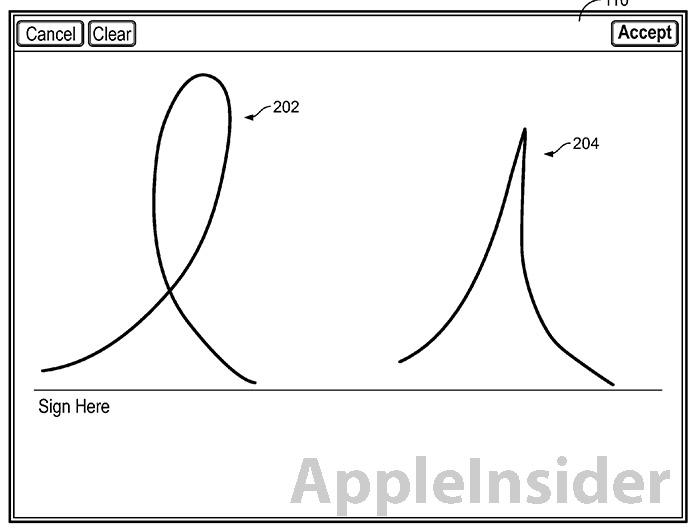
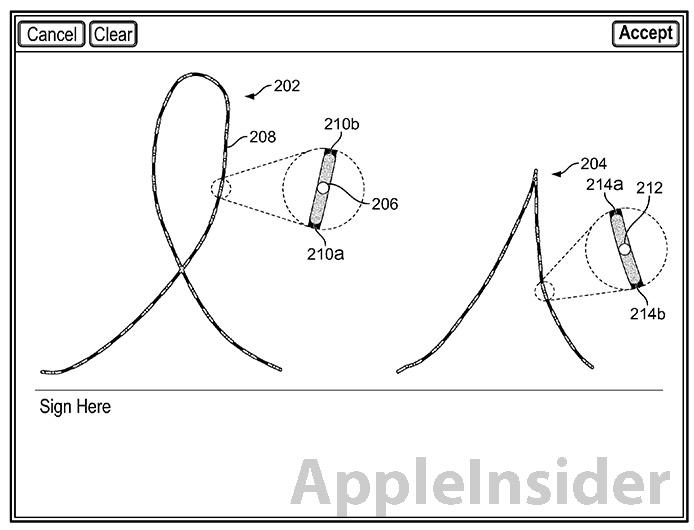


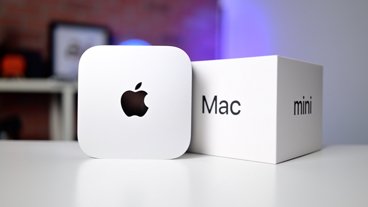
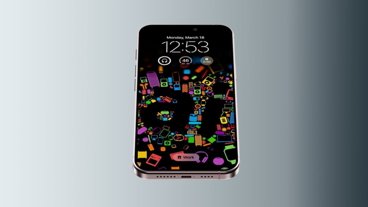

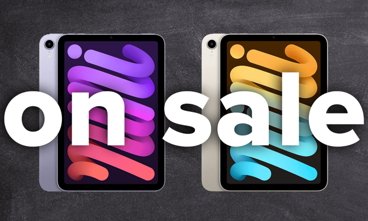








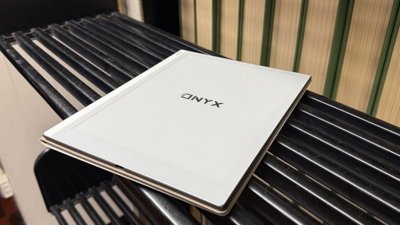
 Thomas Sibilly
Thomas Sibilly
 Christine McKee
Christine McKee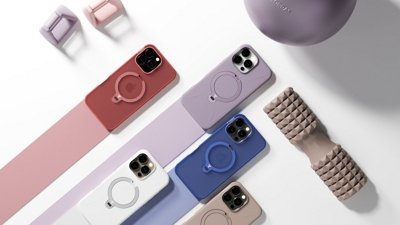
 Sponsored Content
Sponsored Content
 William Gallagher
William Gallagher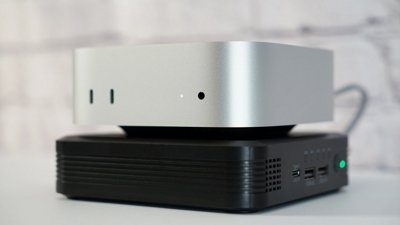
 Wesley Hilliard
Wesley Hilliard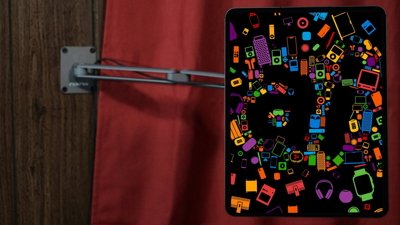
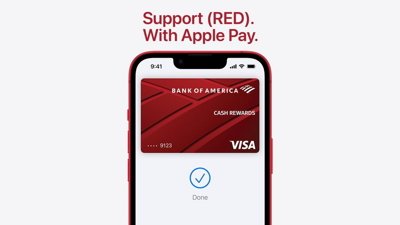
 Malcolm Owen
Malcolm Owen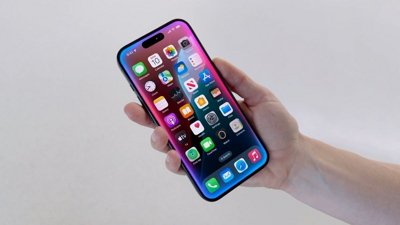






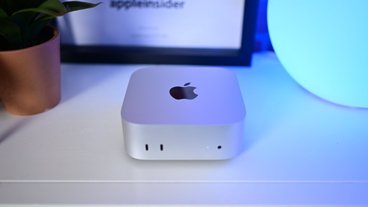


28 Comments
These are the type of refinements that the anti-Apple camp will say are pointless fluff would be quickly followed because it does add to the user experience which would result in them eventually saying it was obvious. Had anyone conceived of the method for smoothing and correcting handwriting on a tablet? I hadn't. The accidental touch, sure, but the method in which to resolve that certainly not.
These are the type of refinements that the anti-Apple camp will say are pointless fluff would be quickly followed because it does add to the user experience which would result in them eventually saying it was obvious.
I'm grinding my teeth awaiting the inevitable occurrence of the chain of events as described above. In the meantime my suffering is soothed by wild expectations of future improvements coming from Apple.
These are the type of refinements that the anti-Apple camp will say are pointless fluff would be quickly followed because it does add to the user experience which would result in them eventually saying it was obvious.
Had anyone conceived of the method for smoothing and correcting handwriting on a tablet? I hadn't. The accidental touch, sure, but the method in which to resolve that certainly not.
Adobe has. This is certainly not revolutionary. Just look at Adobe Ideas on iPad, every stroke is smoothed. Try it!
[quote name="SolipsismX" url="/t/153296/apple-investigating-handwriting-and-selective-touch-recognition#post_2209043"]These are the type of refinements that the anti-Apple camp will say are pointless fluff would be quickly followed because it does add to the user experience which would result in them eventually saying it was obvious. Had anyone conceived of the method for smoothing and correcting handwriting on a tablet? I hadn't. The accidental touch, sure, but the method in which to resolve that certainly not.[/quote] How's it any different from the Apple camp saying that writing on a touchscreen was pointless fluff, old tech, obsolete, and ridiculing anyone that suggests the iPad come with a stylus?
[quote name="dasanman69" url="/t/153296/apple-investigating-handwriting-and-selective-touch-recognition#post_2209070"] How's it any different from the Apple camp saying that writing on a touchscreen was pointless fluff, old tech, obsolete, and ridiculing anyone that suggests the iPad come with a stylus?[/quote] No one reasonable has ever said there was no case in which a stylus was more ideal. What Jobs said (and reasonable people agreed) was that a stylus on a touchscreen should not be the primary or default way that you interact with the device. Also consider that stylus input on previous devices we almost mostly resistive, not capacitive, which just adds to the pre-iPhone poor user experience of smartphones and PDAs. I quite like the Samsung Note's integrated Wacom digitizer and their included APIs, and hope that one day it can be added to the iPad because there is a definitely a benefit for this option for a certain class of user or specific usage need... again, not as a primary input for the masses. There is a reason the iPhone is the de facto device in the world and the one that all analysts and vendors have looked to compare and/or best ever since the iPhone was unveiled almost 6 years ago. Additionally, it's not just foolish to say the iPad should come with a stylus but doubly foolish because 1) it's something that will not be used by most people or often so it should remain an accessory, and 2) until there is a Wacom digitizer the results from any stylus are too simplistic for this "inclusion" you suggest. Even after the iPad gets a Wacom digitizer built in (which I think is inevitable) I will never, ever, ever, ever want my iPad to be designed around having a stylus that slides into the chassis. Give the HW the proper access with the digitizer; make great APIs that developers can take advantage of; showcase it precision apps like iPhoto; and let vendors sell a variety of stylus to fit all potential needs.